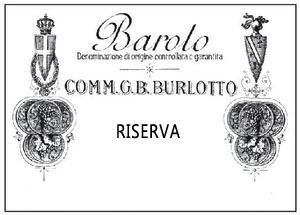Barolo Red Blend
The Burlotto Riserva is an exquisite red blend that showcases the richness and complexity of Barolo's terroir. With its deep crimson hue, this wine exudes elegance and sophistication. On the palate, it is medium-bodied, offering a delightful balance between structure and finesse. The acidity is medium, lending a refreshing brightness that complements the wine's lush fruit profile. Expect to find prominent notes of dark cherry and plum, harmoniously intertwined with subtle hints of tobacco and spice. The tannins are well-integrated and provide a firm backbone, enhancing the wine's overall depth without overwhelming the senses. This dry wine is a perfect companion for hearty dishes, showcasing its food-friendly characteristics beautifully. Enjoy the Burlotto Riserva as a testament to the artistry of Barolo winemaking.
The Burlotto Riserva is an exquisite red blend that showcases the richness and complexity of Barolo's terroir. With its deep crimson hue, this wine exudes elegance and sophistication. On the palate, it is medium-bodied, offering a delightful balance between structure and finesse. The acidity is medium, lending a refreshing brightness that complements the wine's lush fruit profile. Expect to find prominent notes of dark cherry and plum, harmoniously intertwined with subtle hints of tobacco and spice. The tannins are well-integrated and provide a firm backbone, enhancing the wine's overall depth without overwhelming the senses. This dry wine is a perfect companion for hearty dishes, showcasing its food-friendly characteristics beautifully. Enjoy the Burlotto Riserva as a testament to the artistry of Barolo winemaking.




